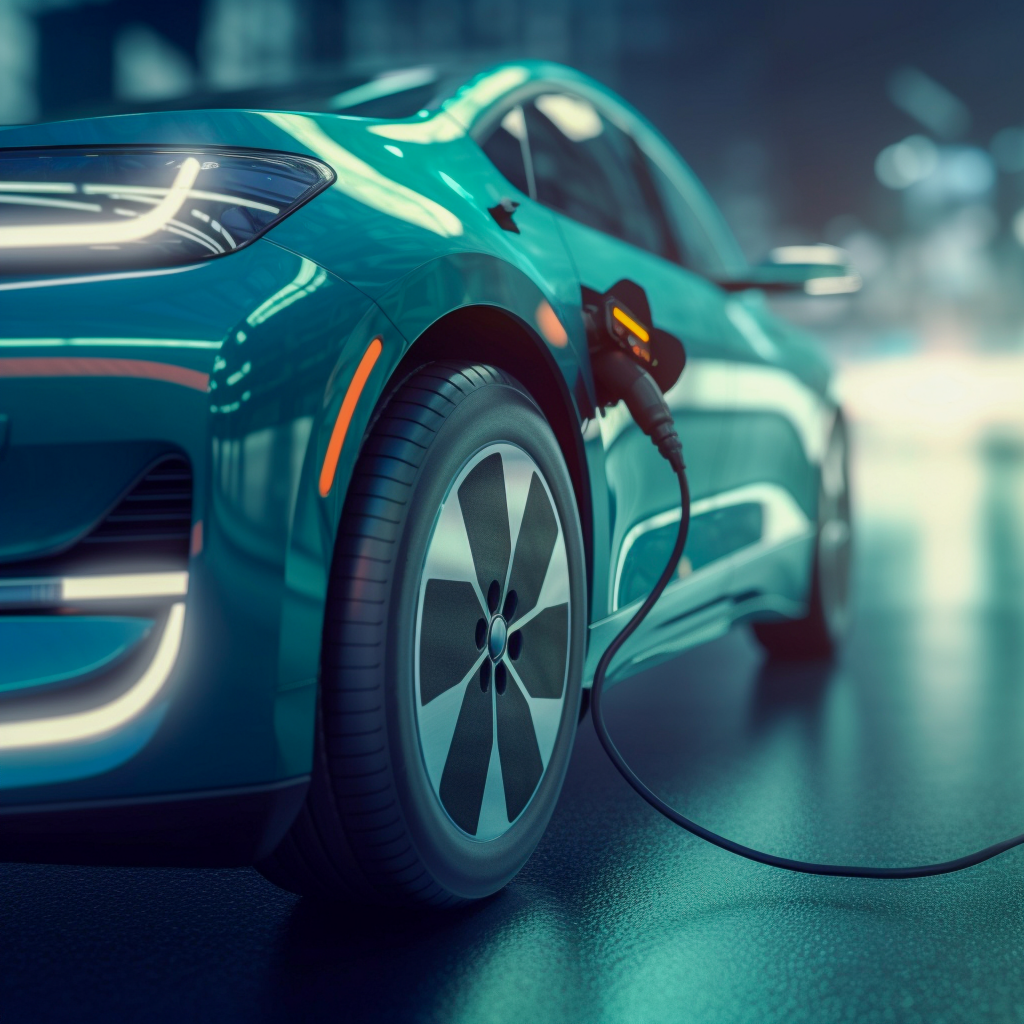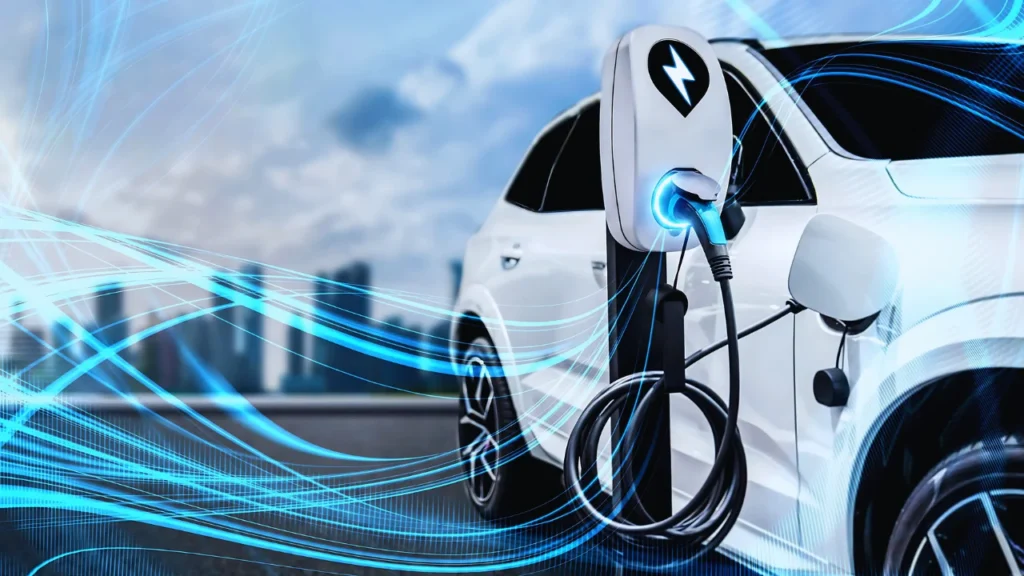The emergence of electric cars (EVs) has transformed personal mobility, providing not just environmentally responsible commuting but also a more convenient ownership experience. However, for individuals fresh to this technological frontier, upkeep issues might be overwhelming. Rest assured, the beauty of EVs is their efficiency, simplicity, and general low maintenance.
Let’s explore how owning an EV brings ease to maintenance and why it differs from traditional vehicles.
Why EV Maintenance is Remarkably Simpler
Electric vehicles are masterpieces of modern engineering, featuring streamlined designs and efficient systems. Unlike their internal combustion engine (ICE) counterparts, which house a labyrinth of intricate parts, EVs focus on fewer components. This directly translates to fewer issues under the hood and more time for seamless driving experiences.
Fewer Components, Fewer Headaches
One of the standout benefits of EVs is the absence of common ICE vehicle systems. No oil changes, no spark plug replacements, and certainly no complicated engine diagnostics. Here’s what makes EVs stand apart:
- No Alternators or Catalytic Converters: Traditional engine parts are absent, reducing mechanical complexity.
- Simplified Architecture: A straightforward powertrain design ensures easier diagnostics and minimal repairs.
- Lower Wear and Tear: Advanced systems, such as regenerative braking, prolong the life of key components like brake pads.
The EV Battery: Heart and Soul of Electric Vehicles
Understanding Battery Longevity
The lithium-ion battery is the lifeblood of an electric vehicle. While its importance can feel intimidating, advancements in battery technology have made these systems durable and reliable. With proper care, the battery lifespan often matches the vehicle’s, minimizing the need for replacements.

Proactive Care for Long-lasting Performance
Maintaining an EV battery is simple and revolves around routine habits:
- Regular Charging: Avoid deep discharges and aim for balanced charging cycles.
- Monitoring: Many EVs come equipped with software that tracks battery health, ensuring early detection of potential issues.
Routine Maintenance for EVs
Owning an EV isn’t maintenance-free, but it is refreshingly straightforward. Routine checks are primarily focused on maximizing performance and safety:
- Tire Rotations: Necessary to handle the instant torque delivered by EV motors, preventing uneven wear.
- Brake Inspections: Regenerative braking systems reduce brake pad wear, but periodic checks ensure top-notch performance.
- Firmware Updates: EVs are as much digital machines as they are physical ones. Regular software updates enhance features, optimize efficiency, and bolster security.
EV vs. ICE Vehicle Maintenance: A Technical Breakdown
The stark differences in the upkeep of electric vehicles (EVs) and internal combustion engine (ICE) vehicles highlight the simplicity of EV ownership. Below is a detailed comparison:
| Aspect | EVs | ICE Vehicles |
|---|---|---|
| Battery vs. Engine | Simple maintenance via software updates; minimal component replacement. | Requires oil changes, spark plug replacements, and timing belt adjustments. |
| Braking Systems | Regenerative braking reduces wear on pads and rotors. | Frequent replacements of brake components are necessary. |
| Exhaust Systems | Non-existent—no emissions, no maintenance. | Inspections for leaks, rust, and catalytic converter efficiency needed. |
| Air Filters | Occasional replacement of cabin air filters. | Regular changes to engine air filters for performance. |
| Transmission | Simplified systems; transmission fluid changes after 10 years. | Frequent maintenance and potential repairs or replacements. |
| Cooling Systems | Coolant level checks for batteries and electronics. | Routine radiator flushes and thermostat replacements. |
| Ignition Systems | None—no spark plugs or ignition coils. | Routine replacement of spark plugs, ignition coils, and wires. |
| Fuel Systems | Absent—no fuel, no issues. | Regular maintenance of filters, injectors, and fuel lines. |
Key Insight: The lower complexity of EV systems results in reduced maintenance costs over time, providing a clear advantage for enthusiasts seeking both ease and cost-effectiveness.
Comprehensive Maintenance Guide for Electric Vehicles
Monthly Checklist
Simple monthly inspections can keep your EV running like new:
- Tire Pressure & Wear: Ensures optimal safety and efficiency.
- Lights: Verify all interior and exterior lights are functioning.
- Coolant Levels: Monitor for proper battery cooling.
- Windshield Washer Fluid: Keep visibility clear at all times.
Six-Monthly Routine
Every six months, dive a bit deeper with these checks:
- 12-Volt Battery Connections: Clean and inspect for corrosion.
- Weatherstrips & Hinges: Check for wear and lubricate as needed.
- Safety Systems: Inspect parking brakes, belts, and warning lights for operational efficiency.
Annual Maintenance (12 Months or 10,000 Miles)
More comprehensive checks should occur annually:
- Tire Rotation: Ensures even wear across all tires.
- Climate Control Filter Replacement: Promotes clean, fresh air inside the cabin.
- Brake Inspections: Review pads, rotors, and hoses for wear or damage.
- Suspension & Steering Systems: Ensure safety and smooth handling.
Additional Long-Term Care
At the 10-year mark or after approximately 150,000 miles, some deeper maintenance tasks become necessary:
- Transmission Fluid Change: Maintains smooth performance and prolongs the transmission’s lifespan.
- Air Conditioning Desiccant Replacement: Ensures effective cooling during warmer months.
Conclusion: The Clear Edge of EV Maintenance
Electric vehicles redefine the notion of car ownership with their lower maintenance costs, simplified systems, and eco-friendly design. By embracing a routine maintenance schedule and leveraging the advanced diagnostic tools built into most EVs, owners can ensure years of safe, efficient, and hassle-free driving.
As Albert Einstein aptly noted, “Out of clutter, find simplicity.” This sentiment perfectly captures the allure of EVs—vehicles engineered to minimize complexity and maximize enjoyment.
Final Note: Customization and Care
Keep in mind that every EV has unique specifications and maintenance requirements. Always refer to the manufacturer’s manual for tailored guidance. This ensures you’re adhering to the best practices designed for your specific model.
Owning an EV is more than a transportation choice—it’s a step into the future of mobility.



